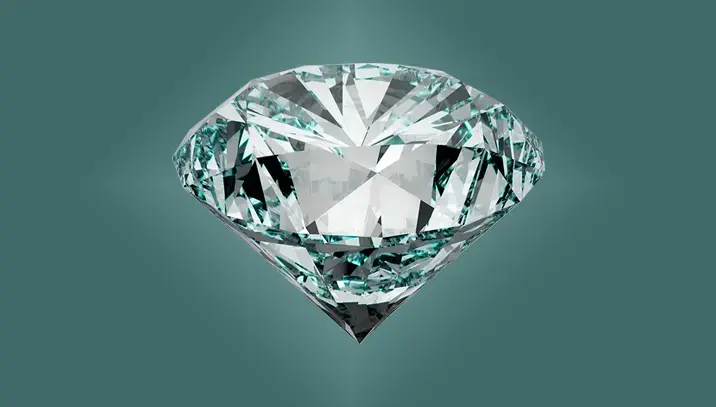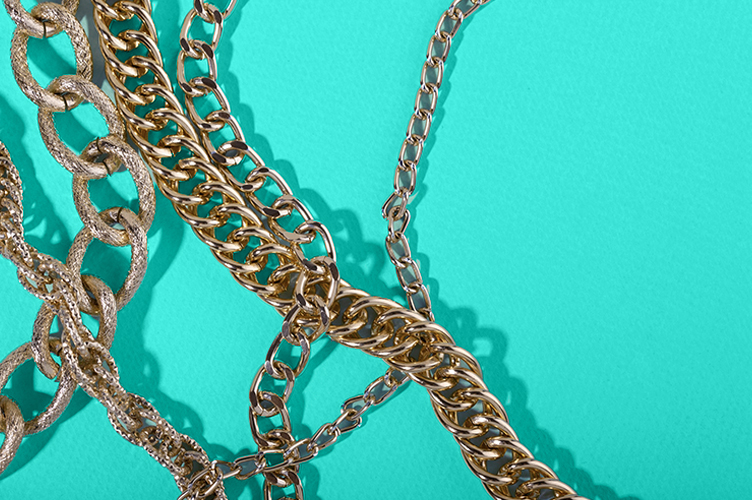Diamonds are among the most precious and enchanting gemstones on Earth. Their brilliance and beauty have captivated humans for centuries. But have you ever wondered how diamonds are formed, where they are found, and what makes them so special? There’s a lot of interesting science behind these glittery gems.
At the heart of a diamond’s splendor lies a simple yet remarkable chemical compound. Diamonds are formed from carbon atoms, which come together in a unique structure called a crystal lattice. Carbon is an essential element found in nature, including inside every living thing. It’s represented by the letter “C” on the periodic table, a chart scientists use that lists all of the elements and their properties.
- Carbon is the fourth most abundant element in the entire universe.
- Other forms of carbon include charcoal and pencil lead.
What makes diamonds so special is the way the carbon atoms arrange themselves under tremendous pressure and heat deep within Earth’s crust. The secret ingredient that transforms super-hot carbon into dazzling diamonds is pressure. The weight of the rock above squeezes the carbon atoms tightly, and this pressure turns the carbon into a solid diamond.
- Diamonds form about 90 miles below Earth’s surface, where it’s hot enough to melt rock.
- Diamonds are the hardest natural material in the world.
- We usually see diamonds that are clear, but diamonds also come in different colors, like yellow, pink, or blue, depending on the chemicals that get trapped inside when they form.
After diamonds are formed deep underground, they need to be brought closer to the surface. This often happens in volcanic eruptions. When volcanoes erupt, molten rock, called magma, travels from deep within Earth to the surface, bringing diamonds along with it. Once the magma cools, people can dig into it and find the diamonds.
- Diamonds are typically found in kimberlite pipes or alluvial deposits, which are remnants of ancient volcanic eruptions.
- The earliest known diamond mines were in India, around 800 years ago.
- Diamonds can also be found in the craters left when a meteorite strikes Earth. Tiny diamonds form from the intense heat and pressure when this happens.
- Diamonds are measured in carats, which refers to the weight and size of the stone. One carat equals 200 milligrams.
In addition to diamonds found in nature, scientists have discovered a way to create diamonds in laboratories. These lab-created diamonds are made by simulating the conditions found deep within Earth. Scientists start with a tiny diamond seed or a small piece of carbon. Then, they expose it to more carbon as well as extreme pressure and a high temperature, just like how diamonds are formed naturally. Over time, the carbon atoms come together and form a larger diamond crystal. The result is a diamond that shares the same chemical composition and physical properties as a natural diamond. The only difference is that lab-created diamonds are made in a shorter time frame compared to the millions of years it takes for diamonds to form in nature.
- Diamonds can be made artificially for use in industry. Because diamond is the hardest material in the world, it can be used to cut through other materials. Diamonds are used in saws, drill bits, and polishing tools.
- The majority of diamonds (about 99%) are unsuitable for use as gemstones and are used industrially.
Diamonds are truly nature’s sparkling treasures, created through an extraordinary combination of pressure, heat, and time. These dazzling gems are both beautiful and useful, and they have fascinated humans for centuries. The next time you admire a diamond, remember the incredible journey it took to get to where it is today.
- Diamonds Unearthed: How Are Diamonds Formed?
- Lesson Plan: Diamonds Are Forever, Most of the Time
- Where Do Diamonds Come From?
- Material Magic: Making Diamonds
- What Causes Diamonds to Have a Color?
- Facts About Diamonds
- How Are Diamonds Made?
- The Cullinan Diamond: The Largest Diamond Ever Found
- Teacher Guide: Gemstones
- Insuring Your Diamonds
- How to Make Your Own Diamond
- 15 Fascinating Diamond Facts
- Diamond Facts for Kids and Adults
- Diamond: A Useful and Beautiful Gem
- How to Protect a Diamond Ring
- History of the Hope Diamond
- Structure and Properties of Diamond






